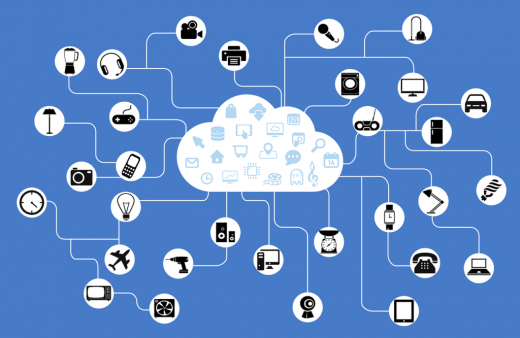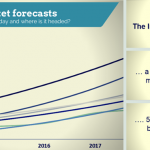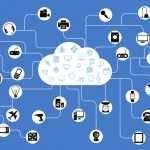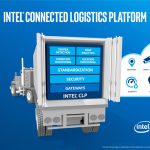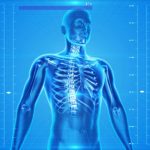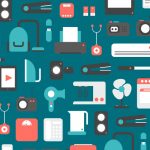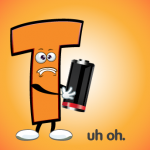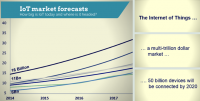How IoT devices will drive sales with more personalized content
How IoT devices will drive sales with more personalized content
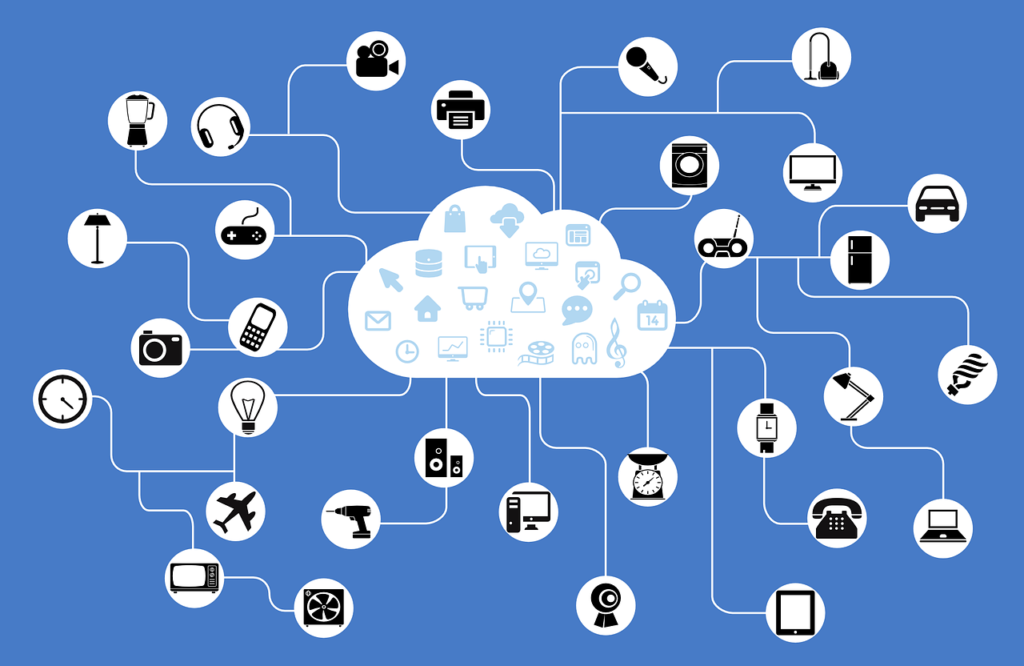
If your business wants to attract more qualified traffic and build your brand, then you need to think about the client’s journey. Today’s consumers are more informed and have more options than ever before when it comes to what they buy and how they buy it.
See also: 5 effective and smart ways to do VR marketing today
When a customer buys your product or service, that transaction is only one part of their entire experience with your company. If you want to make the purchasing journey as easy as possible for your customers then, you need to think about every touch point that leads up to their purchase. This includes interactions with your company at various levels, including
- Optimize website content and landing pages.
- Excellent customer service.
- Focused keyword research for Organic SEO and inbound marketing.
- Integrated social media marketing and other channels.
There is so much data out there to consider if you want to optimize the customer journey of your audience.
This is a good and a bad thing because more data means more insight but it also means you can get overwhelmed.
Instead of relying on one-off data points to direct your customer journey research, your business can refer to the holistic experience of your clients through advanced IoT technology.
How IoT is transforming marketing strategies
The Holy Grail of marketing is to be able to anticipate what individual customers will want before they do. This gives companies the ability to personalize content to meet the needs of each client and increase conversions across the entire customer interaction.
However, if your business wants to customize the content and increase conversions, then you will need to understand what your clients, employees, partners as well as other stakeholders want.
Using this information and other market research statistics will allow you to build a foundation, and tailor your marketing strategy to the touch points your customers take on the road to a conversion.
This process is called customer journey mapping, and the process can be an eye-opening and lucrative investment for your company as a whole.
The old way of marketing won’t work anymore. The days of mass-mailers and general content is dead. Today’s consumers expect that the content they consume is personalized and focused on them.
Today’s marketers know that all consumer-focused organizations will prosper, and it is the job of business operations to transform to allow for a customer-first mentality in all their marketing material.
Identifying touch points with IoT connectivity
This all sounds great, but what exactly is customer journey mapping?
A journey map is an illustrated representation of a client’s expectations, experiences, and reflections as it unfolds over time across multiple stages and touches points before, during and after they purchase your products or services.
Once you begin to visualize the journey map of your customers you will be able to understand their expectations and experiences through all phases of your business.
This is a vital piece of a marketing strategy for small business owners and is often missing from a company’s strategic vision.
Since IoT is the connectivity of multiple devices and data sources, your business can begin to develop a strategy that will integrate available information to build layered marketing intel.
Many companies already use beacons and other Bluetooth technology to connect with their customers and deliver personalized messaging for their audience.
Commonly, a customer journey map is created by using data from primary research, for example
- Personal interviews
- Focus group sessions
- Brainstorming and shadowing
Many digital tools are growing rapidly in sophistication and utility and enhancing the value of gleaned penetrations.
IoT marketing strategies will have a substantial impact on the retail and hospitality industries. Among these, I believe hotels will see a big push as IoT devices evolve and become more commonplace.
Hotels will see a significant increase in guest personalization as they leverage available data during the check-in, stay, and check-out process of their guests.
This data will be used to optimize user personas, and based on the visitors’ persona as well as their context; a hotel could dispense personalized, magnetic access cards with QR codes (the rapid response bar code), which, when scanned, could offer personalized offers. These same hotels can also use beacons to promote specials at their restaurants or offer exclusive deals based on preferences of individual guests.
Understand the customer lifecycle with IoT
As companies continue to gather more detailed information about their clients through connected devices, they will learn personal information about their audience.
The value of this information will be realized when they can overlay all information to understand the holistic experiences of their guests.
The value of this information will be realized when they can overlay all information to understand the holistic experiences of their guests.
Holistic knowledge will come once companies can combine maps together to build a larger picture for their marketing team.
The bigger picture will cover various stages of the customer lifecycle, and give your organization complete control above their power to produce marketing material for the products or services.
If your business wants to succeed in today’s competitive marketplace, then you need to use every competitive advantage you have at your disposal. One tool that you can leverage is IoT connectivity to build a comprehensive customer journey map and keep your customers at the center of your business initiatives.
The post How IoT devices will drive sales with more personalized content appeared first on ReadWrite.
(33)

